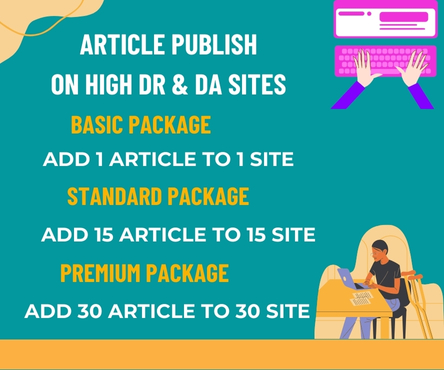In today’s digital age, establishing a professional website is crucial for businesses and individuals aiming to build a robust online presence. A well-designed website serves as the foundation of digital identity, offering a platform to showcase products, services, and expertise. Understanding the key elements of professional website creation can help ensure that a site is both functional and engaging, ultimately supporting broader digital goals.
Clear Purpose and User-Friendly Design
Every professional website begins with a clear understanding of its purpose. Whether it is designed to inform, sell products, or generate leads, the website’s layout and content must align with this objective. User-friendly design is paramount. Visitors should be able to navigate the site intuitively, finding information quickly without confusion. This requires logical menu structures, consistent formatting, and clear calls to action that guide users toward desired outcomes.
Responsive and Mobile-Optimized Experience
With the increasing use of mobile devices, websites must be fully responsive. A responsive website adapts seamlessly to different screen sizes and devices, providing an optimal experience whether accessed on a desktop, tablet, or smartphone. Mobile optimization is not only essential for user satisfaction but also for search engine rankings. Google prioritizes mobile-friendly sites in its results, making this a critical factor in digital visibility.
Fast Loading Speeds
Website performance impacts both user experience and search engine optimization. Slow-loading pages can lead to higher bounce rates, where visitors leave before engaging with the content. Optimizing images, leveraging browser caching, and minimizing unnecessary scripts contribute to faster loading speeds. Regular testing of website performance ensures that the site remains efficient and accessible.
High-Quality Content and SEO Best Practices
Content is at the heart of a professional website. High-quality, relevant content establishes authority and trust with visitors. It is important to create content that answers users’ questions and addresses their needs. Incorporating search engine optimization best practices enhances the website’s visibility on search engines. This includes the strategic use of keywords, meta descriptions, and descriptive headings. Well-organized content helps search engines understand the site’s structure and relevance, driving organic traffic.
Secure and Reliable Hosting
Website security and reliability are essential components of professional website development. Choosing a reputable hosting provider ensures the website remains accessible and protected against cyber threats. Implementing security measures such as SSL certificates, regular backups, and software updates protects user data and builds credibility with visitors.
Integration of Analytics and Continuous Improvement
A professional website is never truly finished. Integrating analytics tools allows for the tracking of visitor behavior and site performance. Data collected through analytics provides valuable insights that inform ongoing improvements. Monitoring key metrics such as traffic sources, user engagement, and conversion rates enables website owners to make informed decisions and optimize the digital presence continuously.
Accessibility and Compliance
Ensuring a website is accessible to all users, including those with disabilities, is an important aspect of professional web development. Following guidelines such as the Web Content Accessibility Guidelines (WCAG) helps make the site usable by a broader audience. Compliance with legal and industry standards not only promotes inclusivity but also reduces the risk of legal issues.
Conclusion
Creating a professional website requires careful attention to design, functionality, content quality, and security. By focusing on user experience, mobile responsiveness, fast loading times, and search engine optimization, a website can effectively support a strong digital presence. Continuous analysis and improvement ensure that the website remains relevant and valuable over time. In a competitive online environment, investing in these foundational elements helps establish credibility and engage visitors meaningfully.

